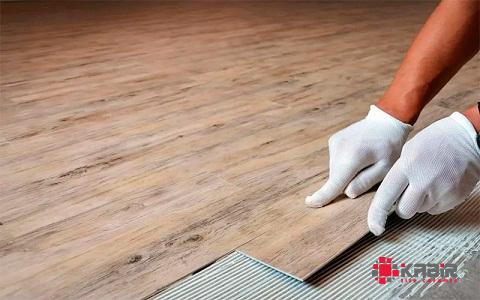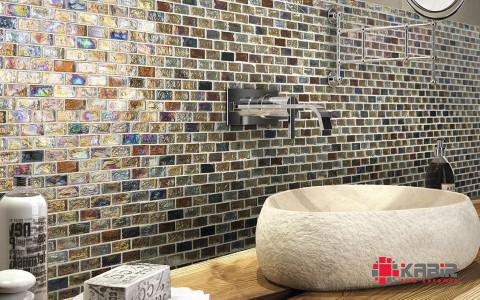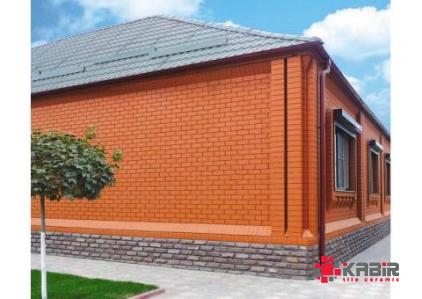When it comes to transforming your basement into a functional and inviting space, choosing the right flooring is crucial. Basement floors are subjected to unique challenges such as moisture, temperature fluctuations, and potential flooding. Ceramic tile flooring stands out as a popular and practical choice for basements due to its durability, moisture resistance, and versatile design options. In this article, we will delve into the world of basement floor ceramic tiles, exploring their benefits, installation process, maintenance tips, and design considerations.

.
 Benefits of Ceramic Tile Flooring for Basements: Ceramic tile flooring offers a host of benefits that make it ideal for basement applications. One of the primary advantages of ceramic tiles is their exceptional durability. These tiles are highly resistant to water, stains, and scratches, making them a long-lasting flooring option for high-traffic areas like basements. Additionally, ceramic tiles are easy to clean and maintain, requiring minimal effort to keep them looking as good as new. Another key benefit of ceramic tile flooring is its moisture resistance. Basements are prone to dampness and moisture issues, which can cause mold and mildew growth and damage to traditional flooring materials.
Benefits of Ceramic Tile Flooring for Basements: Ceramic tile flooring offers a host of benefits that make it ideal for basement applications. One of the primary advantages of ceramic tiles is their exceptional durability. These tiles are highly resistant to water, stains, and scratches, making them a long-lasting flooring option for high-traffic areas like basements. Additionally, ceramic tiles are easy to clean and maintain, requiring minimal effort to keep them looking as good as new. Another key benefit of ceramic tile flooring is its moisture resistance. Basements are prone to dampness and moisture issues, which can cause mold and mildew growth and damage to traditional flooring materials.
..
 Ceramic tiles are impervious to moisture, making them a practical choice for basements where water intrusion may be a concern. By installing ceramic tiles in your basement, you can create a moisture-resistant barrier that protects your floor from damage and ensures a healthy indoor environment. Furthermore, ceramic tile flooring offers endless design possibilities. With a wide range of colors, patterns, sizes, and textures available, you can customize your basement floor to suit your personal style and aesthetic preferences. Whether you prefer a sleek modern look, a rustic charm, or a timeless classic design, ceramic tiles can help you achieve the desired ambiance in your basement space. Installation Process of Ceramic Tile Flooring: Installing ceramic tile flooring in your basement is a straightforward process that can be done by DIY enthusiasts or professional contractors. Before starting the installation, it is essential to prepare the concrete subfloor properly to ensure a smooth and long-lasting result.
Ceramic tiles are impervious to moisture, making them a practical choice for basements where water intrusion may be a concern. By installing ceramic tiles in your basement, you can create a moisture-resistant barrier that protects your floor from damage and ensures a healthy indoor environment. Furthermore, ceramic tile flooring offers endless design possibilities. With a wide range of colors, patterns, sizes, and textures available, you can customize your basement floor to suit your personal style and aesthetic preferences. Whether you prefer a sleek modern look, a rustic charm, or a timeless classic design, ceramic tiles can help you achieve the desired ambiance in your basement space. Installation Process of Ceramic Tile Flooring: Installing ceramic tile flooring in your basement is a straightforward process that can be done by DIY enthusiasts or professional contractors. Before starting the installation, it is essential to prepare the concrete subfloor properly to ensure a smooth and long-lasting result.
…
 Here is a step-by-step guide to installing ceramic tile flooring in your basement: 1. Clean the subfloor: Remove any dust, debris, or existing flooring material from the concrete subfloor. Make sure the surface is clean and free of any contaminants that could affect the adhesion of the tile. 2. Apply a waterproofing membrane: To enhance the moisture resistance of the floor, consider applying a waterproofing membrane on the concrete subfloor. This step is especially important in basements where water intrusion is a concern. 3. Plan the layout: Determine the starting point and layout of the tiles to achieve a balanced and symmetrical design. Use spacers to maintain consistent grout lines between the tiles. 4. Install the tiles: Apply thin-set mortar to the subfloor using a trowel, then place the tiles in the desired pattern. Use a tile cutter to make any necessary cuts to fit the tiles around corners or obstacles. 5. Grout the tiles: Once the tiles are set and the mortar has dried, apply grout between the tiles using a grout float. Remove excess grout with a damp sponge and allow it to cure according to the manufacturer’s instructions. 6. Seal the grout: To protect the grout from stains and moisture, consider applying a grout sealer once the grout has cured. This step will prolong the lifespan of your ceramic tile floor and keep it looking pristine.
Here is a step-by-step guide to installing ceramic tile flooring in your basement: 1. Clean the subfloor: Remove any dust, debris, or existing flooring material from the concrete subfloor. Make sure the surface is clean and free of any contaminants that could affect the adhesion of the tile. 2. Apply a waterproofing membrane: To enhance the moisture resistance of the floor, consider applying a waterproofing membrane on the concrete subfloor. This step is especially important in basements where water intrusion is a concern. 3. Plan the layout: Determine the starting point and layout of the tiles to achieve a balanced and symmetrical design. Use spacers to maintain consistent grout lines between the tiles. 4. Install the tiles: Apply thin-set mortar to the subfloor using a trowel, then place the tiles in the desired pattern. Use a tile cutter to make any necessary cuts to fit the tiles around corners or obstacles. 5. Grout the tiles: Once the tiles are set and the mortar has dried, apply grout between the tiles using a grout float. Remove excess grout with a damp sponge and allow it to cure according to the manufacturer’s instructions. 6. Seal the grout: To protect the grout from stains and moisture, consider applying a grout sealer once the grout has cured. This step will prolong the lifespan of your ceramic tile floor and keep it looking pristine.










Your comment submitted.